






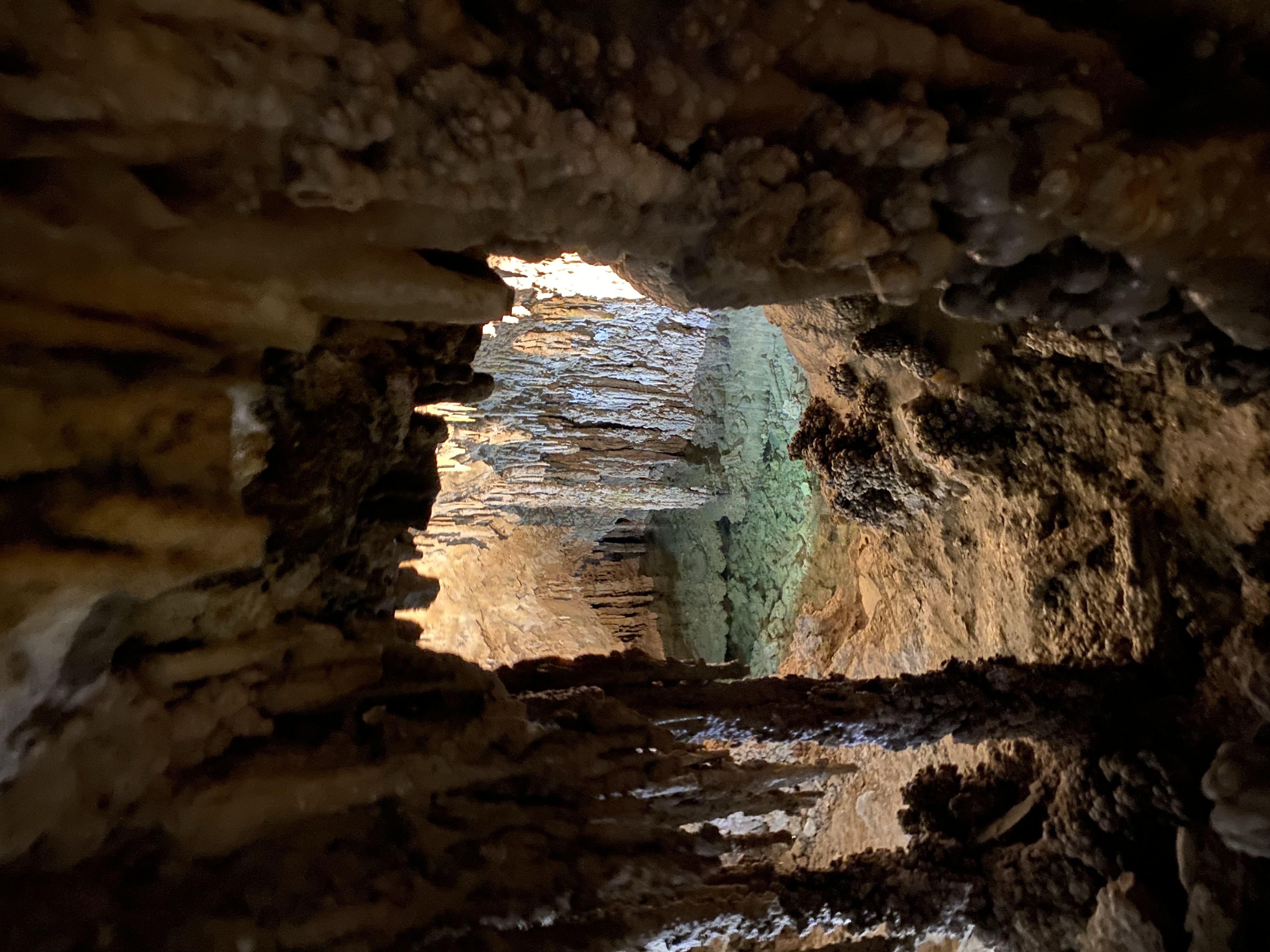


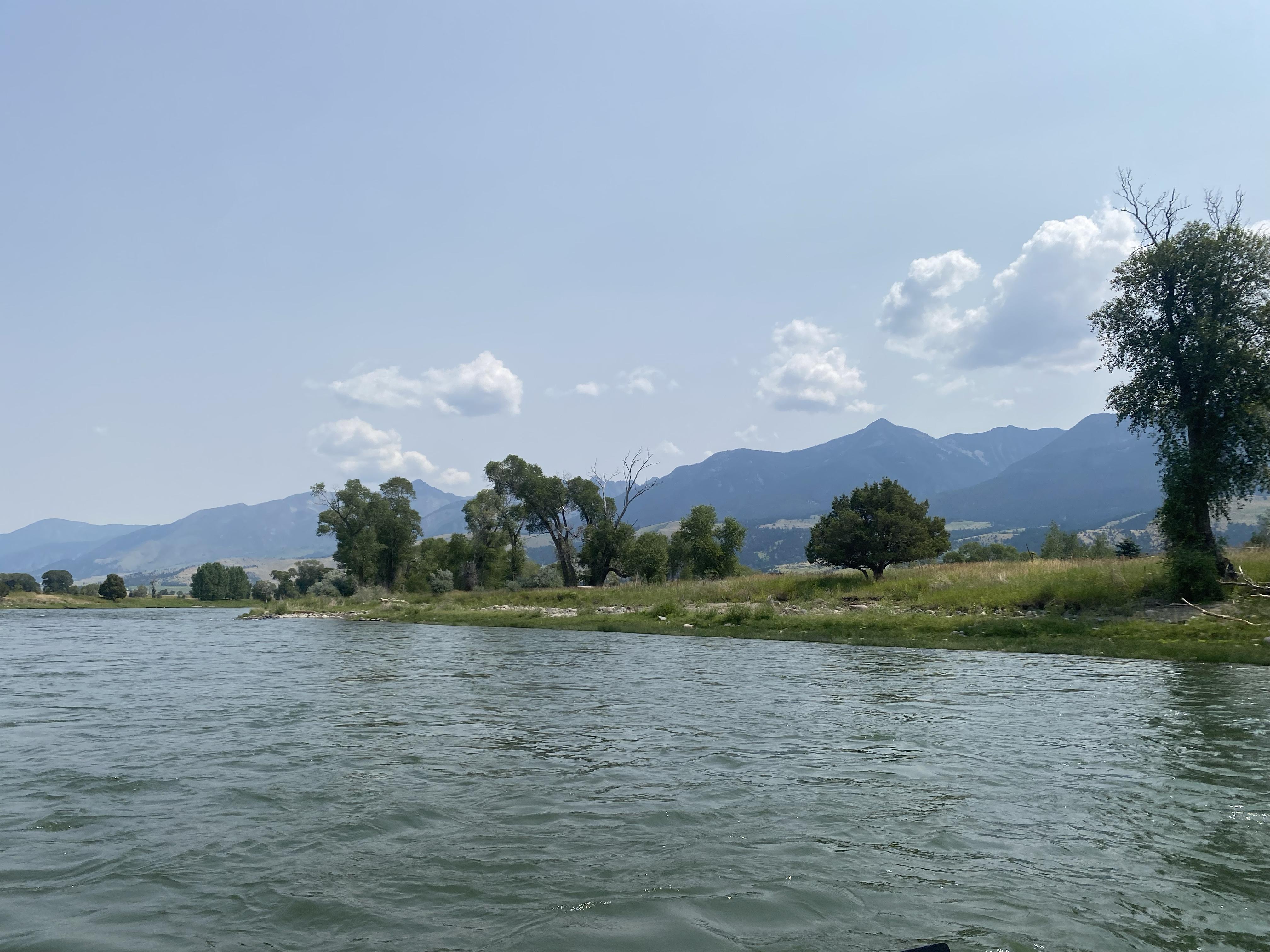






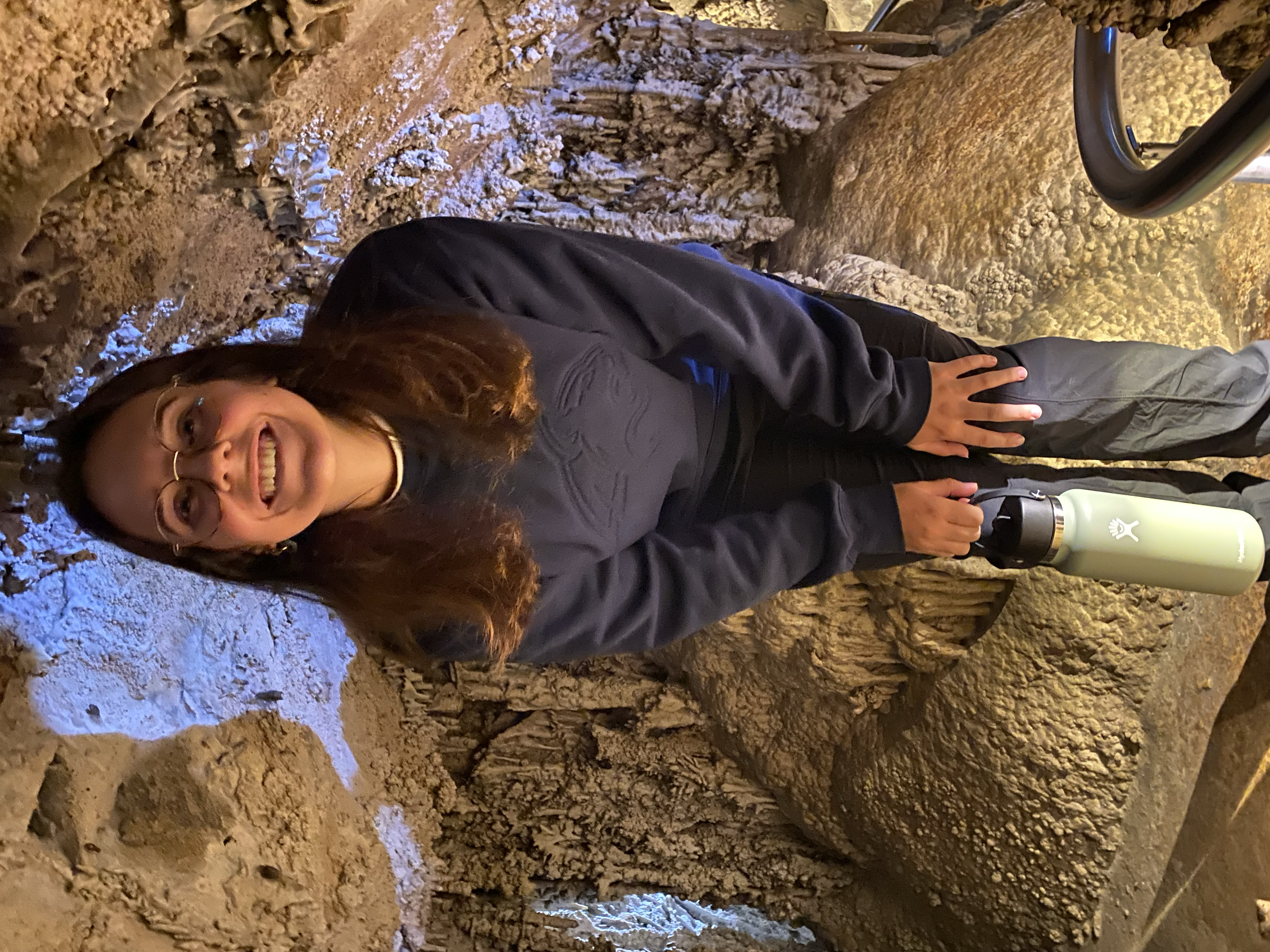

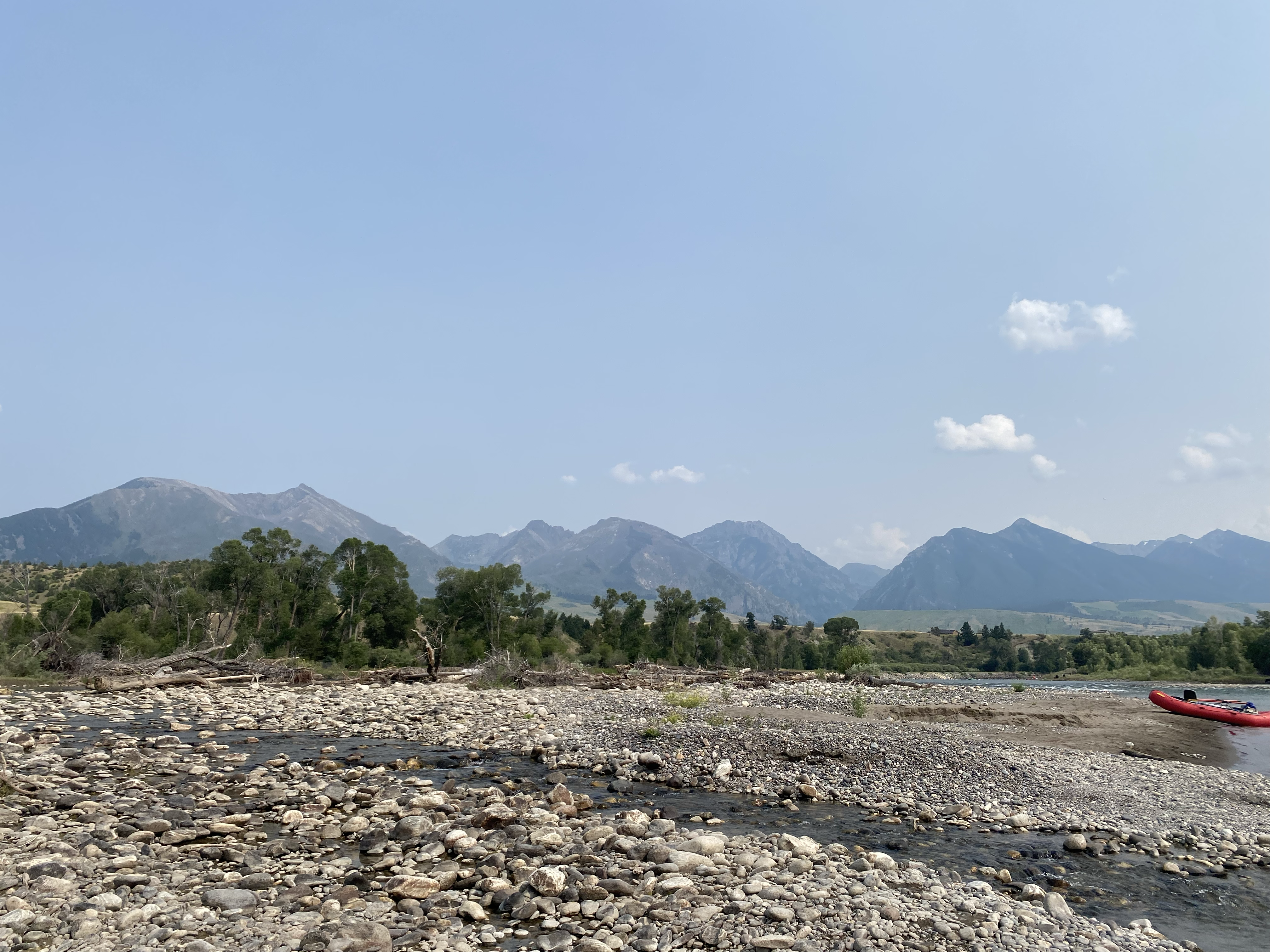

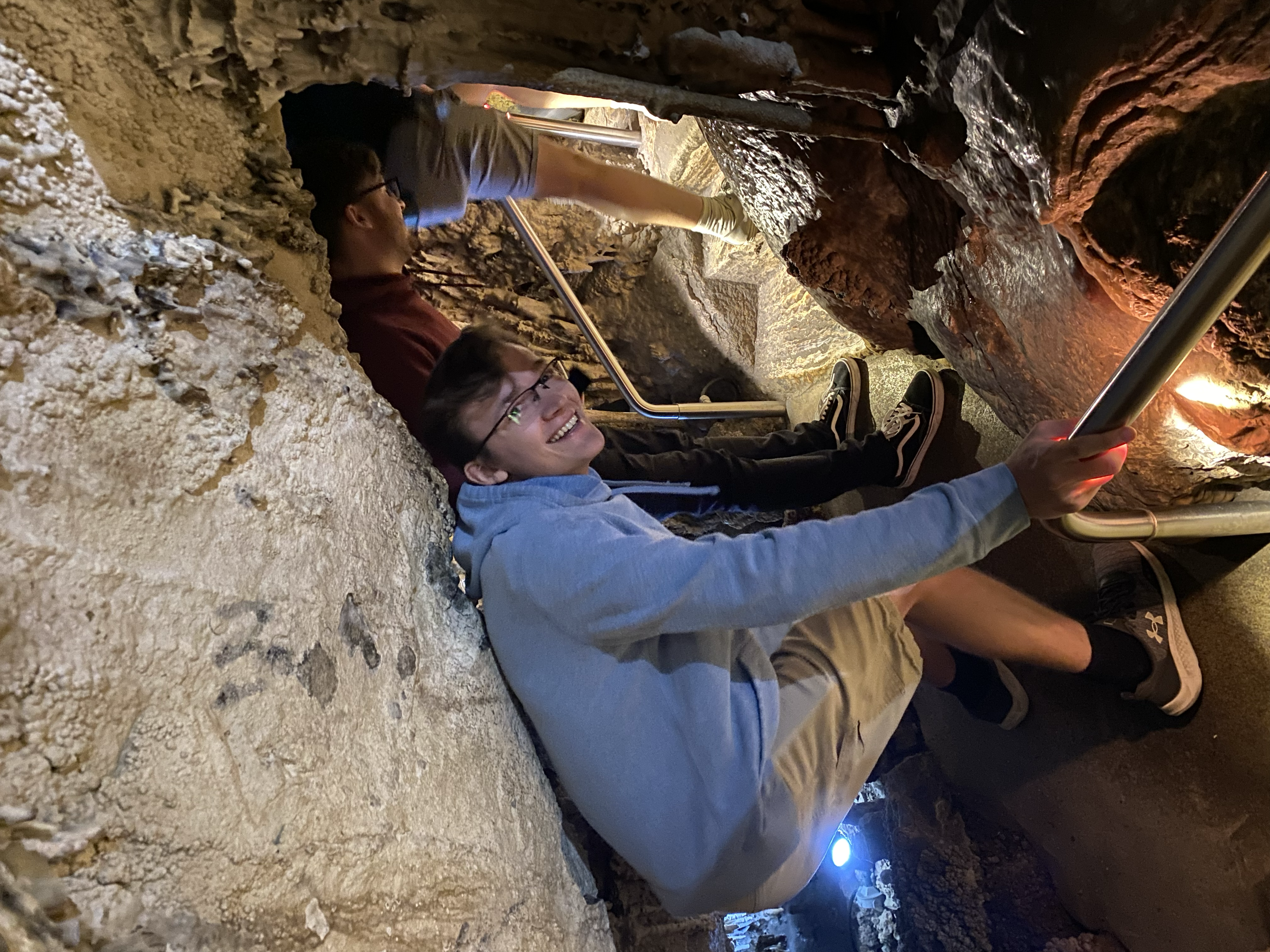
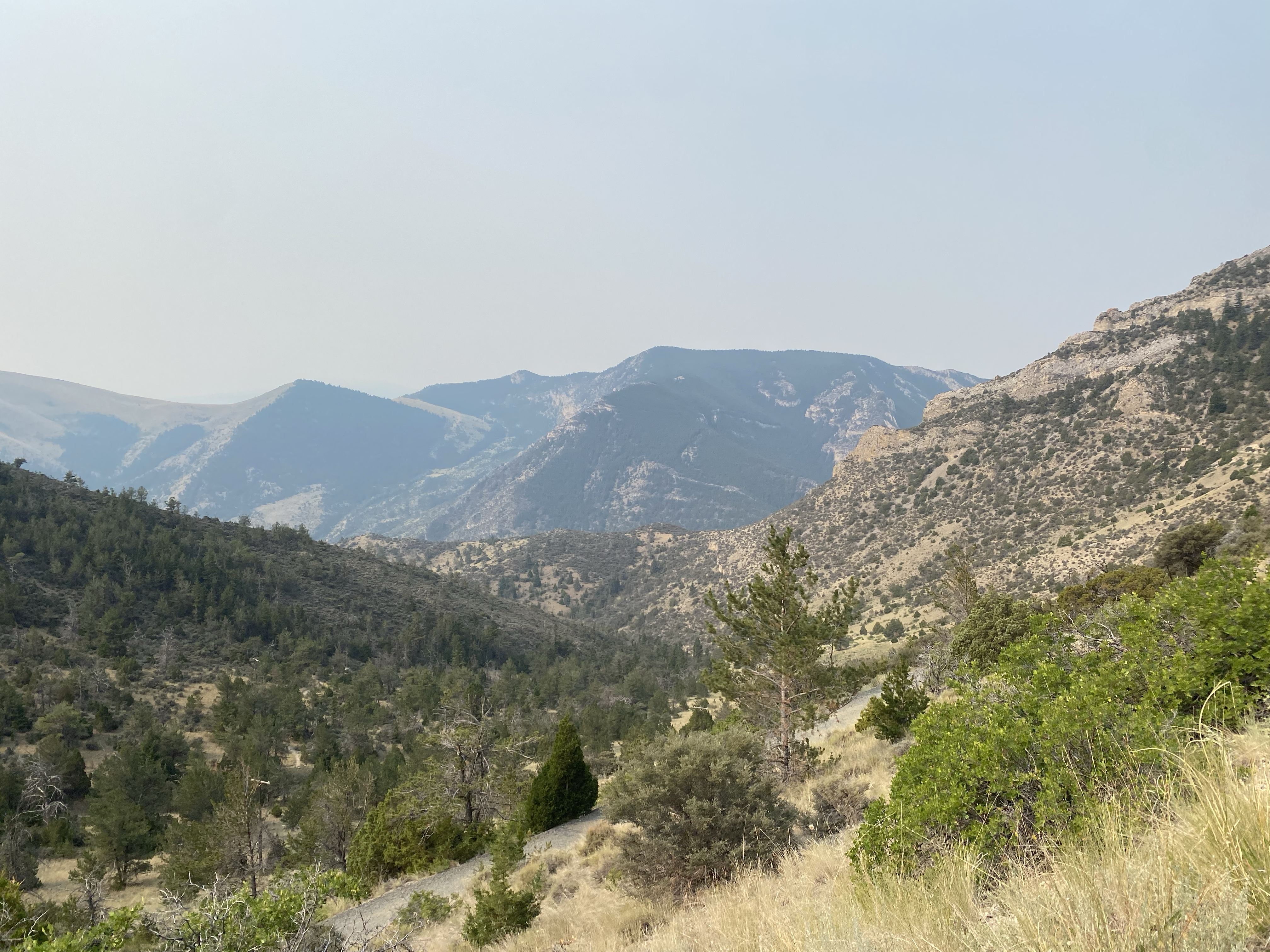
























Solar flares are events of increased radiation caused by heated plasmas confined in magnetic loops formed by magnetic reconnection. Astronomers have been attempting to observe and model flare loops for many decades. Previous investigations of solar flare loops have observed strong to weak shear as a phenomenon. Shear is the complementary angle between the projected flare loop and the polarity inversion line that divides the positive and negative magnetic fields on the surface of the Sun. However, 2D magnetic models of flare loops cannot account for shear. This necessitates a quantitative analysis of shear over time and a comparison of loop observations to 3D magnetic models. In this project, working with AIA’s observations of the X1.0 flare on October 28th, 2021 in three different bandpasses, many thousands of flare loops were tracked to calculate the shear over time. These observations confirm the trend of strong to weak shear in this flare as the flare progresses. Additionally, these observed loops were compared to a potential field and linear force free models which did not align with all the observed loops. This suggests that the magnetic field model must be further advanced to match the observed flare loops and explain the phenomenon of shear.

Accretion onto black holes is one of the most efficient processes for emitting energy from matter in the Universe. A lot of this energy is converted extremely close to the black hole's event horizon and is emitted in the X-ray band. Therefore, we can learn a lot about the immediate surrounding of an accreting black hole from the analysis of the X-ray radiation it emits. In this project, we will analyze some X-ray data from accreting black hole low-mass X-ray binaries. This analysis will help us gain more insight into a region called the X-ray corona where the most high energy X-ray photons are being produced. We will gain insight into how the photons are able to reach such a high energy and whether there is any connection of that region to the large relativistic outflows (jets) often seen in these sources.

This project adds spectral variation to previous research in which we used carefully calibrated polarization imaging systems to measure the spatially resolved polarization state of moonlight across a broad panchromatic spectral band. This project will give a student the opportunity to collaborate with faculty and graduate students in calibrating a multi-wavelength polarization imager and using it to obtain images that characterize the polarization state of light from the moon as a function of both wavelength and moon phase. This research will be conducted in support of a broader project goal of developing low-cost polarization imaging systems for remote sensing of cloud thermodynamic phase (i.e., identifying if clouds are composed of liquid water or ice).

The Solar corona is the hot rare outermost part of the Sun. The temperature of the corona is known to be over a million Kelvin, which is much hotter than the visible surface of the Sun which only has a temperature of around 6000 Kelvin. Although the heating mechanism of the corona is still unclear, the magnetic field is considered to play a key role. In this project we will compare the magnetic flux on Sun's surface and the soft X-ray irradiance from the corona to find characteristics of the unknown heating mechanism. We will use long-term data from two space instruments: X-Ray Telescope(XRT) aboard Hinode satellite (international mission among Japan/US/UK) and Helioseismic and Magnetic Imager(HMI) aboard Solar Dynamic Observatory (NASA mission) obtained for the period longer than the whole activity cycle of the Sun (11 years).

We will soon have a global network of gravitational wave detectors including three LIGO detectors (one in Livingston, LA, one in Hanford, WA, and one in India), Virgo in Europe, KAGRA in Japan, and possibly an additional one in Australia. It is interesting to examine how we should optimize the configurations of such a network to maximize the science outcomes. Should all detectors operate with similar sensitivities, or should each detector be optimized differently for a specific frequency band? This is the question we aim to answer in the project.

The solar corona consists of two kinds of magnetic field lines. In bright, hot active regions all magnetic field lines are anchored to the solar surface at both ends - they are called closed field lines. Coronal holes consist of field lines extending from the solar surface into interplanetary space where they form the solar wind - they are called open field lines. A process called magnetic reconnection facilitates the exchange of footpoionts between pairs of field lines. When this occurs between an open and a closed field line it is termed interchange reconnection. Interchange reconnection creates a new open field line whose lower part is bent, as it was in the close field line, and has the high temperature and density characteristic of closed field. Aspects of the evolution of this new field line may already be evident in measurements of the solar wind, especially close to the Sun. Without a clearer understanding of what to expect, however, we cannot be sure. This project seeks to model the process of interchange reconnection to supply that missing understanding.

Solar flares release a large amount of energy stored in the Sun's magnetic field by a mechanism called magnetic reconnection. In this project, student will analyze state-of-the-art observations of flares and measure the release of energy from and properties of the heating of solar flares.